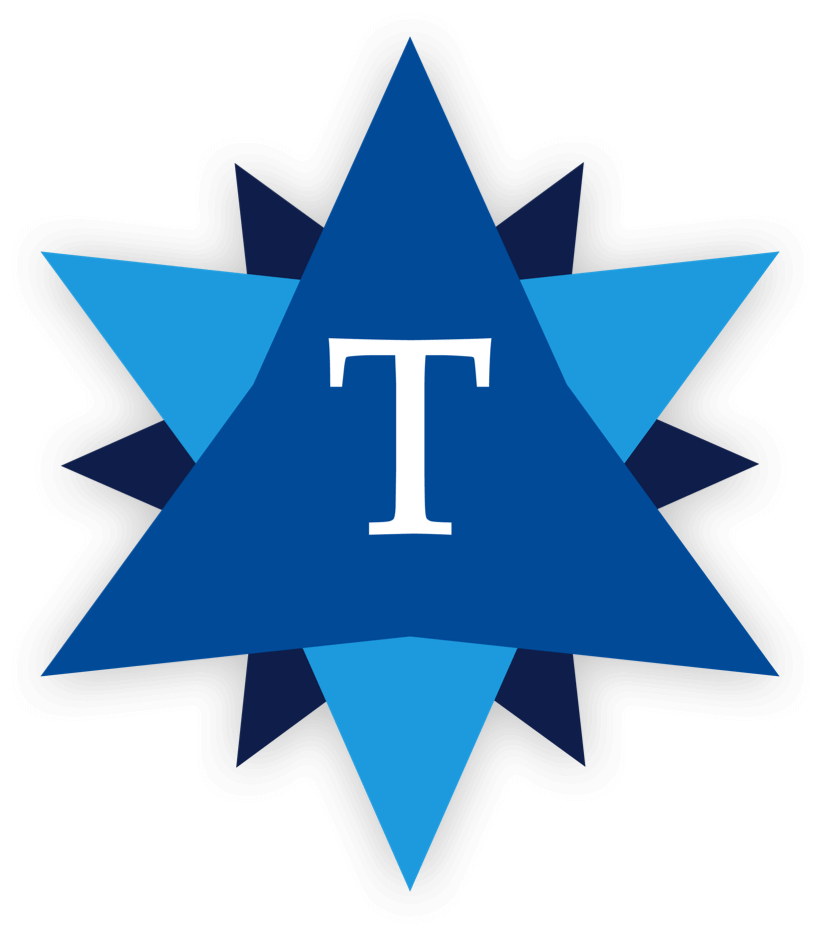Five Priorities for the Higher Ed CIO’s 2021 Agenda
Former Tambellini Analyst

If I were to say one thing about 2020, it would be this: Thank goodness that it’s almost over.
Despite the many difficult challenges of the year, however, one really important shift occurred in higher education. Institutions realized, perhaps for the first time, the importance and value of technology in their environments. When the whole world came to a screeching halt in mid-March, CIOs and their teams were there to save the day and lead the way as institutions transitioned to remote work and instruction in a matter of weeks. And they continued to lead, as colleges and universities taught out their spring semesters and planned for their fall reopenings, complete with COVID testing, contact tracing, and Hyflex options.
IT leaders stepped into the spotlight and showed up in a huge way this year. Given the stress and chaos of the year, it may be tempting to want to retreat and return to “normal,” whatever that is. Do the opposite instead. Stand your ground, charge that hill, and be the agent of permanent change. Colleges and universities have been forced to change out of necessity this year, but that change is precarious. Many institutions are facing financial challenges, cultures, and traditions that are all attempting to push them back to “the way things were” before COVID. Don’t let that happen.
If CIOs take up the mantle of change they’ve started to usher in this year, they can help solidify it across their institutions and solidify their own roles as true institutional leaders in the process.
The coming new year is primed to be the Year of the CIO. So where should CIOs focus their time in 2021 to make that happen? Other lists may include things like technology strategy and alignment, cost containment, and information security. Mine does not; not because these aren’t important, but because, in my view, they are table stakes for any IT leader and organization. Leaders have to do these things to effectively run their business, but it’s just that¾running it, and not leading or transforming it. Here’s what I believe should be on every higher education CIO’s agenda for 2021 instead.
Business Leadership
More and more CIOs are adding additional and seemingly unrelated departments to their leadership portfolios, and why not? Technology is critical to every aspect of the organization, so who better than someone with a deep understanding of technology and data to lead it. Leadership skills are universal, and technology leaders bring great skills to the table: a broad view of the institution, systems thinking, experience leading change, a deep understanding of data, strength in negotiating, and skills in project, process, vendor, and contract management, to name a few.
CIOs who want to be an equal member of the cabinet or executive leadership team must work to be seen and behave as institutional leaders first and technology leaders second. Otherwise they may have a seat at the table, but they’ll never really have an equal voice on the team.
Technological Stewardship
As the old adage goes, “Just because you can, doesn’t mean you should.” Concerns over privacy and bias, ethics and equity have been simmering for years but may have reached a boiling point this year, as a record number of students, faculty, and staff were exposed to educational technologies for the first time. Technology leaders have long asked “How might we?” but perhaps the better question is “Should we?”
Some CIOs don’t believe this is their role; that it is simply to provide the best solution to meet the needs voiced by administrative and academic leaders. I disagree. IT leaders must bring their technology expertise to bear to help their colleagues consider and understand the broader impacts and implications of technology use; encourage agency when it comes to data and privacy, especially with students; and insist on technology design and adoption that advances equity and inclusion.
Laser Focus on Experience
Customer Experience, or CX, has been a hot topic in the business world for some time, and recently we have started to hear more emphasis on the Student Experience in colleges and universities. But not nearly enough. Simple, seamless, intuitive experiences that delight customers reign supreme in many industries, but the higher education experience can leave a lot to be desired. And that’s just for students and their families. Faculty and staff are all but ignored in the experience conversation. Employee Experience will be absolutely essential as institutions start to compete for talent with companies who will now allow their employees to work from anywhere.
If we’re being honest, technology systems adopted by higher education don’t always fall into the “delights customers” experience category–especially those used by faculty and staff. IT leaders need to brush up on their design thinking skills and lead their organizations through end-to-end journey-mapping to identify and eliminate friction in processes and systems.
Organizational Development
Building an IT team for the future must be on every CIO’s mind in the coming year, and I don’t mean in the technical skills and roles that are on the team. While those are important, most teams are already looking to the future, technically. In 2021, IT leaders will need to think critically and act intentionally to build, or rebuild, their IT organizations for a new normal—one with more hybrid teams and remote workers. While other businesses have worked this way for years, it will be different in higher education where some, many, or even all of a team’s colleagues and constituents may still be operating in a place-based environment.
A keen focus on creating this new operating environment from the ground up is needed, from policies and procedures, to how teams are managed and employees evaluated. Special attention will need to be paid to areas not always top-of-mind for technology leaders: employee health and wellbeing; culture and community; and diversity, equity, and inclusion (DEI).
Digital Transformation Evolution
The term “digital transformation” is overused and overinflated. Everything from automated workflows to AI-driven analytics is characterized as digital transformation. To be clear, I strongly believe that innovation is essential and that organizations should be leveraging new technologies to fundamentally change the way they do business and disrupt themselves and their industries. But true digital transformation is rare. What’s more, it’s just not the right construct for thinking about digital in much of higher education.
To transform suggests a significant and dramatic change, as well as a beginning state and a transformed end state. Being a modern, digital college or university is so much more nuanced than that. For some it will mean an emphasis on technology-enabled modes of delivery; for others, a seamless and modern on-campus student experience. Approaches will almost certainly need to change over time, and it’s not clear that the need to adapt to and continually adopt new technologies will end, ever.
IT leaders need to stop thinking about technology-enabled change in higher education as a Big Bang activity and instead consider it as more of a digital evolution. Technology in many institutions is still an overlay, if not an afterthought. CIOs should work to move their organizations away from binary thinking—tech-enabled or not—and focus on creating an environment in which digital technologies, capabilities, and experiences are seamlessly woven into the organization and eventually become imbued in its DNA, just as any living organism evolves.
So IT leaders, what’s on your agenda for 2021? I’m eager to hear your priorities for the new year. Email me at The Tambellini Group, or message me on Twitter to continue the conversation.
Wishing you a healthy and happy holiday season and New Year. See you in 2021!
Categories
Share Article:

Other Posts From this Author:
© Copyright 2025, The Tambellini Group. All Rights Reserved.